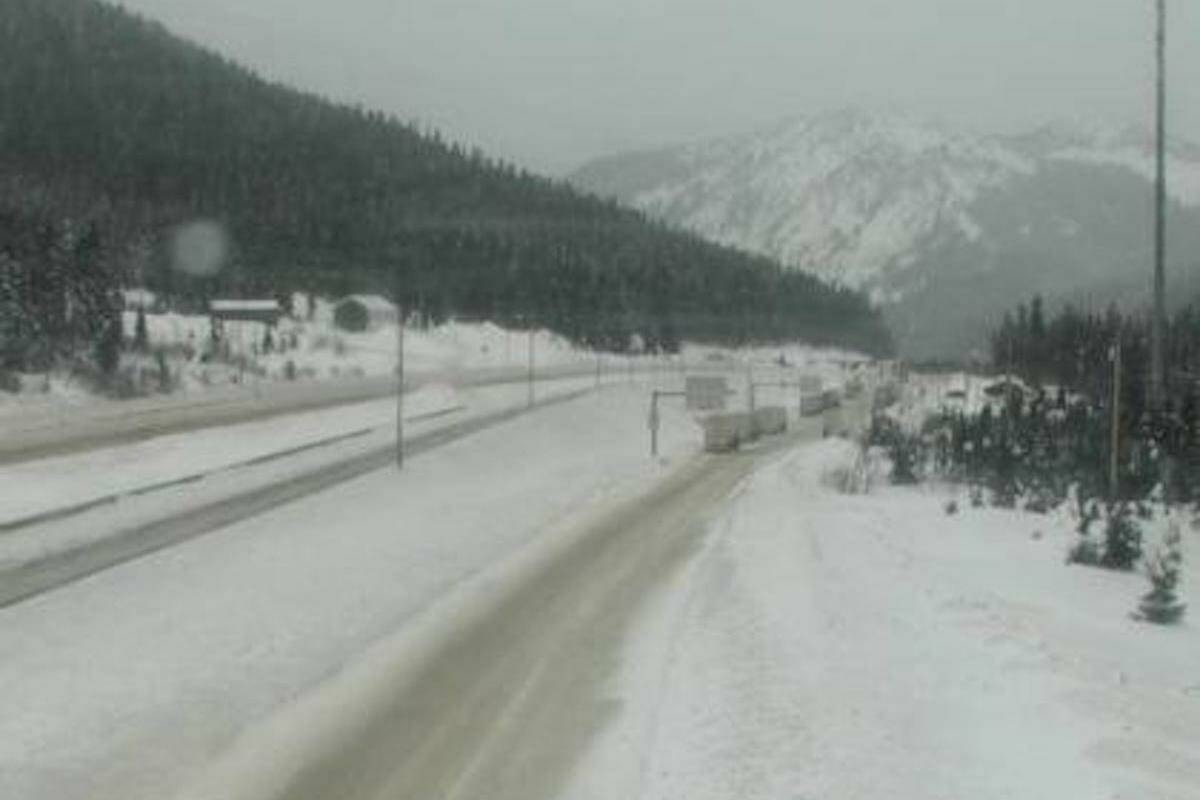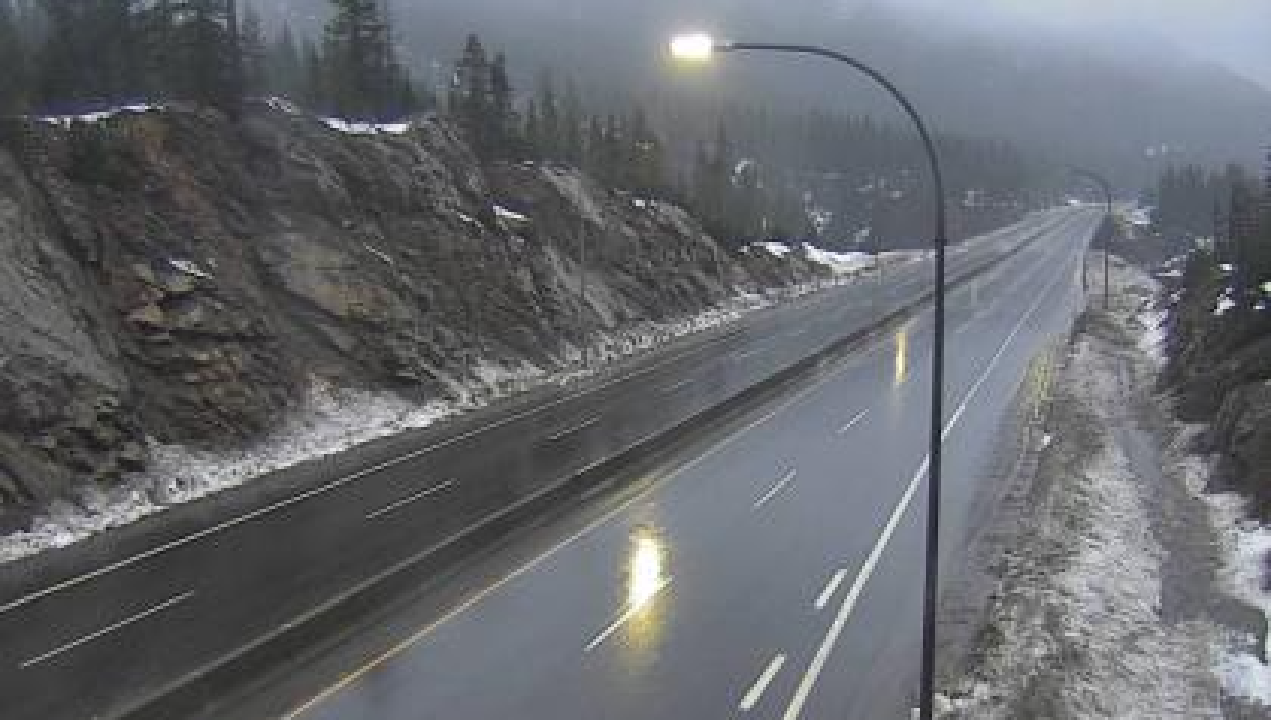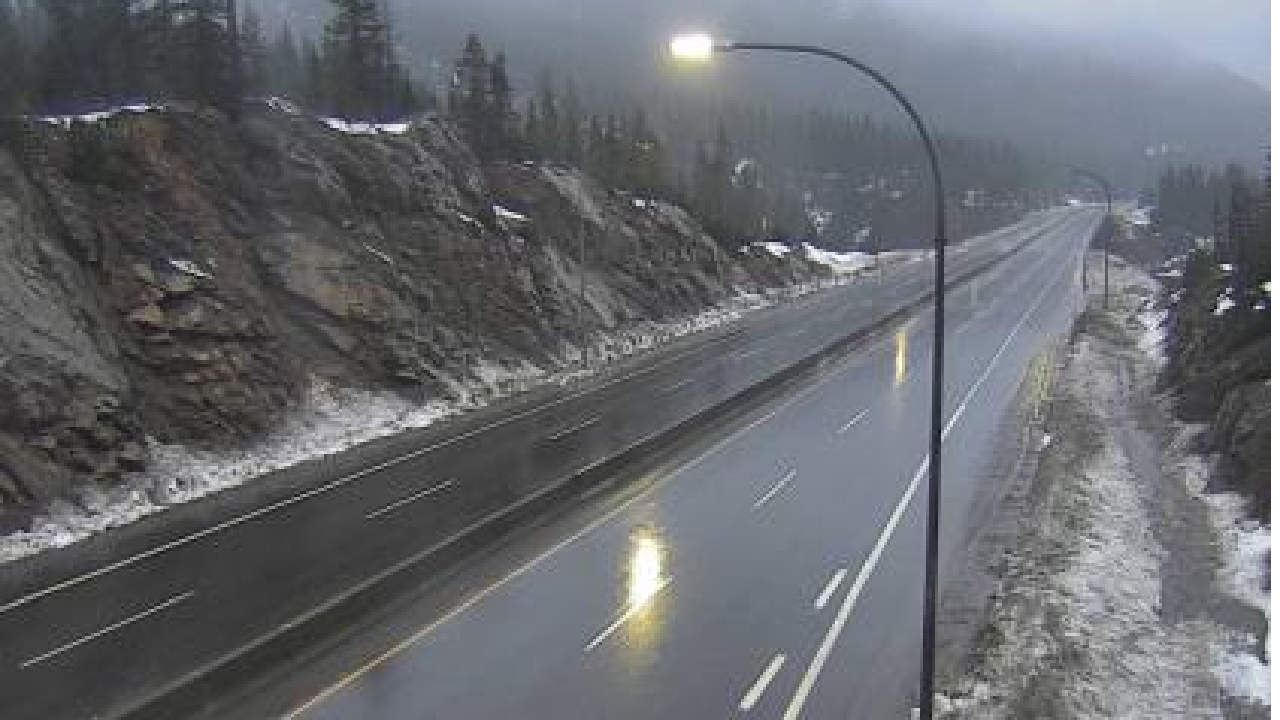Coquihalla weather cameras provide crucial real-time views of conditions along this challenging highway. Understanding their limitations and effectively interpreting the images is vital for safe travel. This exploration delves into the camera locations, image interpretation techniques, and the impact of weather on Coquihalla Highway travel, offering insights for both drivers and transportation authorities.
The Coquihalla Highway, known for its stunning scenery and significant elevation changes, is also notorious for unpredictable weather. These variations, from heavy snowfall at higher altitudes to unexpected rain in lower areas, create hazardous driving conditions. A network of strategically placed weather cameras aims to improve driver awareness and safety, offering a visual representation of current road conditions.
However, understanding how to interpret these images and recognizing the limitations of camera coverage is crucial for safe travel planning.
Coquihalla Highway Weather: A Comprehensive Overview: Coquihalla Weather Camera

The Coquihalla Highway, a vital transportation artery in British Columbia, Canada, is renowned for its challenging weather conditions. This article provides a detailed analysis of the highway’s weather patterns, camera coverage, image interpretation, reliability, and the overall impact of weather on travel.
Coquihalla Highway Weather Conditions
The Coquihalla Highway experiences diverse weather patterns throughout the year due to its significant elevation changes. Winter brings heavy snowfall, icy conditions, and freezing rain, particularly at higher elevations. Summer months generally offer clearer conditions, though sudden thunderstorms and intense rainfall can still occur. Spring and autumn transition periods are characterized by fluctuating temperatures and unpredictable precipitation.
Monitoring the Coquihalla Highway’s weather conditions is crucial for safe travel, often relying on strategically placed cameras. The unpredictable nature of mountain weather necessitates constant vigilance, much like the need to track the movements of sophisticated military technology, such as the shahed drone , which requires advanced surveillance systems. Understanding the impact of severe weather on infrastructure, like the Coquihalla’s road conditions, is paramount for effective planning and resource allocation.
Elevation plays a crucial role in shaping weather conditions. As altitude increases, temperatures drop significantly, leading to more frequent snowfall and the formation of ice patches even when lower elevations experience rain. This creates a complex mosaic of microclimates along the highway, with conditions varying dramatically over short distances.
Monitoring the Coquihalla Highway’s weather conditions is crucial for safe travel, often relying on dedicated weather cameras. For a different perspective on live weather feeds, you might check out the port dover live camera , offering a view of a very different climate. Returning to the Coquihalla, the real-time imagery provided by these cameras assists drivers in making informed decisions about their journeys.
Compared to nearby regions, the Coquihalla Highway experiences more extreme weather events due to its mountainous terrain. Coastal regions may experience milder temperatures and more moderate precipitation, while inland valleys can experience temperature extremes. The highway acts as a transition zone, experiencing the combined effects of these varied climatic influences.
Microclimates are prevalent along the highway. For instance, canyon sections may experience reduced wind speeds and localized temperature inversions, while exposed ridges are vulnerable to strong winds and rapid temperature fluctuations. These variations create challenging conditions for drivers and necessitate careful monitoring of weather forecasts and camera feeds.
| Month | Average Temperature (°C) | Average Precipitation (mm) | Notes |
|---|---|---|---|
| January | -5 | 150 | Heavy snowfall common |
| April | 2 | 100 | Snowmelt and potential flooding |
| July | 15 | 50 | Occasional thunderstorms |
| October | 5 | 120 | Early snowfall possible |
Coquihalla Weather Camera Locations and Coverage

Several weather cameras are strategically positioned along the Coquihalla Highway to provide real-time visual updates on road conditions. Their locations are selected to offer broad coverage of key sections, however, limitations in coverage exist due to geographical constraints and potential blind spots.
Each camera has a specific viewing angle and coverage area. Some cameras focus on longer stretches of the highway, while others provide closer views of particularly challenging sections such as steep grades or sharp curves. Limitations include obstructed views due to terrain, adverse weather conditions (e.g., heavy snowfall obscuring the view), and potential camera malfunctions.
An improved camera placement strategy could involve adding cameras in identified blind spots, especially in areas prone to severe weather accumulation or where accidents have historically occurred. Using higher-resolution cameras with wider viewing angles and employing advanced image processing techniques could further enhance coverage.
| Camera ID | Location (km marker) | Viewing Angle | Coverage Area (km) |
|---|---|---|---|
| A | 100 | 180° | 5 |
| B | 150 | 90° | 2 |
| C | 200 | 270° | 10 |
Interpreting Coquihalla Weather Camera Images
Interpreting Coquihalla weather camera images requires understanding visual cues related to weather phenomena. Experienced drivers and weather professionals employ different techniques to analyze these images, but the goal is the same: to assess current conditions and make informed travel decisions.
- Snow: Heavy snowfall appears as a whiteout, reducing visibility significantly. Light snowfall may be visible as falling flakes.
- Rain: Rain is usually visible as a decreased visibility and a sheen on the road surface. Heavy rain can obscure visibility completely.
- Fog: Fog creates a hazy appearance, significantly reducing visibility. Dense fog can completely obscure the view.
- Ice: Ice is often difficult to detect directly but can be inferred from low temperatures and the presence of snow or frost. Shiny patches on the road might indicate black ice.
Reliability and Limitations of Coquihalla Weather Cameras

Several factors can affect the reliability of weather camera images. Poor lighting conditions, especially at night or during heavy snowfall, can significantly reduce image quality. Camera malfunctions, including lens icing or power outages, can lead to image loss or distortion. Weather events themselves can obscure the view, rendering the image unreliable.
In situations with rapidly changing weather, the camera images may not accurately reflect the current conditions at all locations along the highway. This necessitates cross-referencing with other data sources like weather forecasts and road reports for a more complete picture. Incorporating additional data sources such as weather stations along the highway could improve the accuracy and timeliness of information.
A system for verifying camera image accuracy could involve comparing camera data with data from nearby weather stations and road sensors. Discrepancies could trigger alerts, prompting further investigation and updates to travel advisories.
Impact of Weather on Coquihalla Highway Travel
Weather significantly impacts travel times and safety on the Coquihalla Highway. Heavy snow, ice, and fog can dramatically reduce visibility, leading to slower speeds, increased braking distances, and a higher risk of accidents. Severe weather events can result in highway closures, causing significant travel delays and disruptions.
Past incidents include numerous accidents and closures due to heavy snowfall, ice storms, and flooding. Transportation authorities implement various safety measures, including snow clearing operations, speed restrictions, and travel advisories. The effectiveness of these measures varies depending on the severity and duration of the weather event.
A visual representation showing a clear day with smooth traffic flow could be contrasted with an image depicting heavy snowfall with significantly reduced visibility and slow-moving vehicles. Another could depict a highway closure due to an avalanche or severe ice storm.
The Coquihalla weather cameras offer a valuable, albeit imperfect, tool for assessing highway conditions. While limitations exist regarding coverage and image clarity, understanding how to interpret the visual information and supplementing it with other weather resources can significantly improve travel safety and planning. By combining visual data with forecasts and road reports, drivers can make informed decisions, mitigating the risks associated with this challenging mountain pass.
Frequently Asked Questions
How often are the Coquihalla weather camera images updated?
Update frequency varies depending on the specific camera and system, but many aim for updates every few minutes.
Are the cameras operational 24/7?
Ideally, yes, but occasional outages due to technical issues or extreme weather are possible.
What should I do if the weather camera images appear unclear or distorted?
Check other weather sources (forecasts, road reports) for confirmation and exercise extra caution when driving.
Where can I find additional information about Coquihalla Highway closures?
Check official transportation websites and apps for real-time updates on road conditions and closures.
